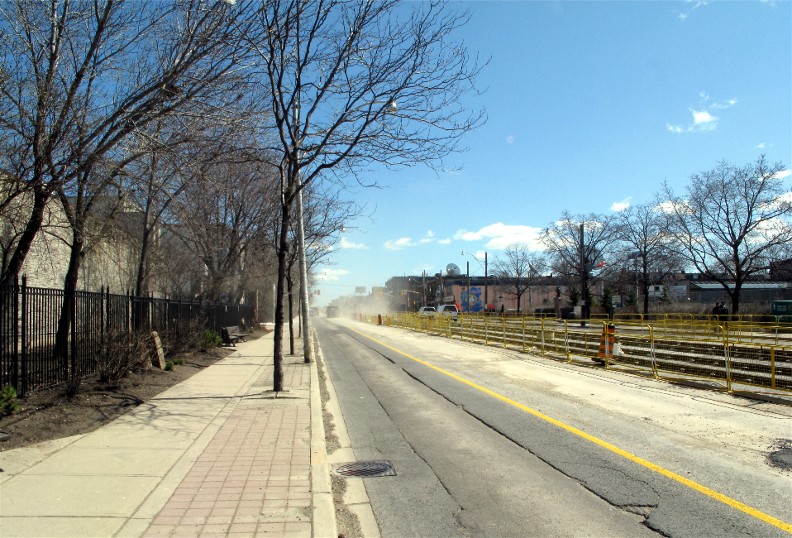 Countable nouns are things we can count. ("That's a piece of cake", says Tarek. "Yes, Tarek. It is," says Ryan.)
Countable nouns are things we can count. ("That's a piece of cake", says Tarek. "Yes, Tarek. It is," says Ryan.)So ......
bananas oranges carrots tomatoes
But things like
bread pasta cheese oil milk
are uncountable. We cannot have two pastas, please and we cannot order three breads. We can't count these nouns so they will always be singular.
We can count countable nouns so they can be singular or plural
We cannot count uncountable nouns so they are always singular
trousers jeans news information traffic space advice accommodation weather work
Remember: all these uncountable nouns are singular even though some of them look plural.
__________________________________________________________________________________
We can make the uncountable nouns countable by adding phrases:
a pair of trousers a piece of information a queue of traffic a loaf of bread a bowl of pasta
(Tarek: A piece of cake?
Ryan: Yes, Tarek.)
two pairs of trousers three pieces of information four queues of traffic five loaves of bread six bowls of pasta
What nouns do these describe?
a tin of ... a can of .... a bottle of ... a pair of ... a pint of ... a jar of ... a tube of ... a roll of ..
__________________________________________________________________________________
We often don't know the exact amount or exact quantity, but we want to talk about large or small amounts. Look at the pictures below:
 |
| How many people are there? |
There are many/a lot of people in this picture
There are some people in this picture
There are a few people in this picture
People is a plural noun. When we use plural nouns, we ask how many are? We can use many, some, a few to describe the amount.
Look at the pictures below:
 |
| How much bread is there? |
There is much/a lot of bread in this picture
There is some bread in this picture
There is a little bread in this picture
Bread is a singular, uncountable noun. When we use singular nouns, we ask how much is? We can use much, some, a little to describe the amount.
Be careful: we don't really use much in positive sentences. We usually use much in negative sentences. We use a lot of/ lots of to say much:
There is a lot of bread in this picture
There isn't much bread in this picture
__________________________________________________________________________________
We use some in positive sentences and any in negative sentences:
 |
There aren't any people
There isn't any bread
We usually use any in questions.....
Is there any bread? Are there any people? Do you have any brothers and sisters? Have you seen any good films recently?
but we can use some in questions when we are asking for things or offering things...
Would you like some help? Can I have some bread, please? Could you give me some information?
Try this exercise here:
If you want more practise, look in the Study Centre for a book called English Grammar in Use by Raymond Murphy. Look at units 69,70, 85 and 87


This theme is a little difficult for me but i think i could understand it better. Sorry for my very spanish english hahah ^^
ReplyDelete